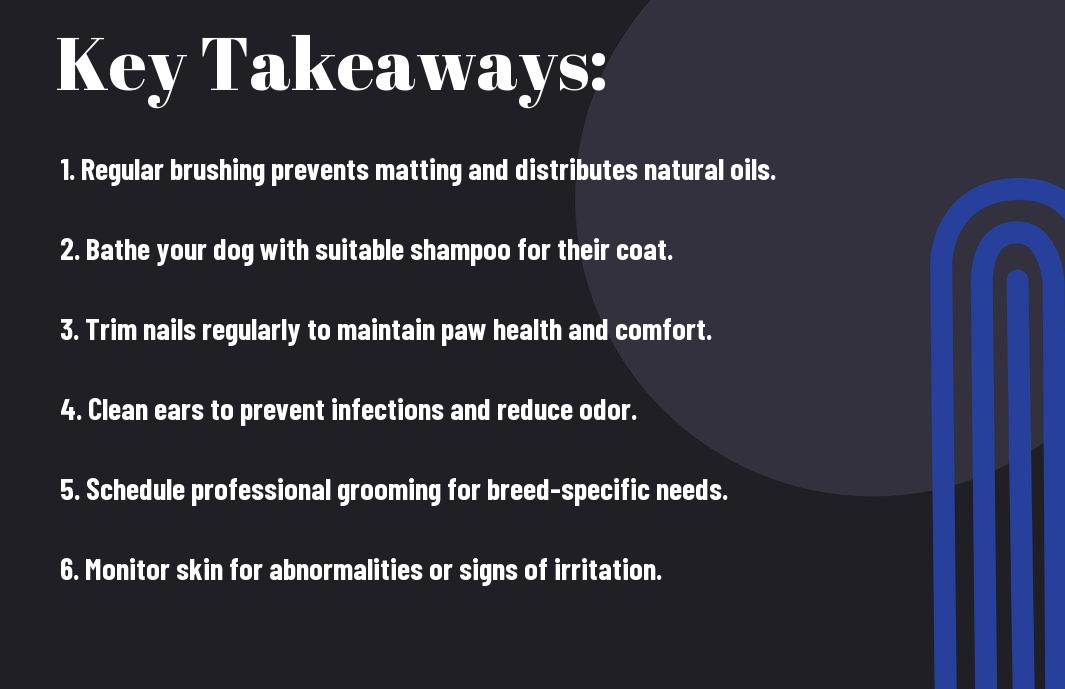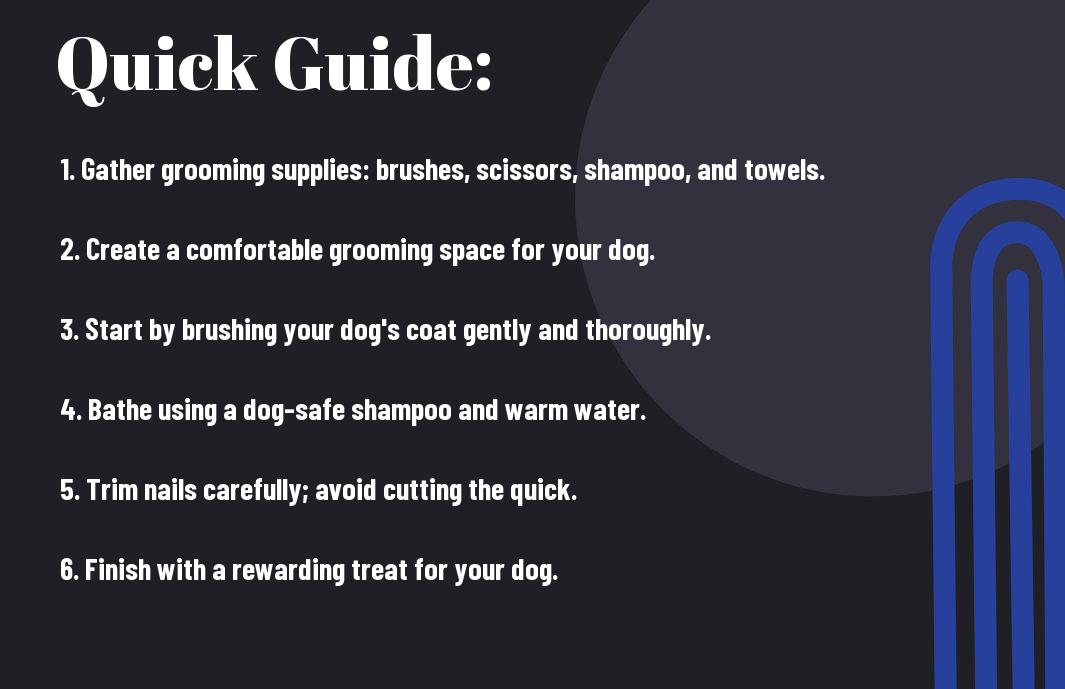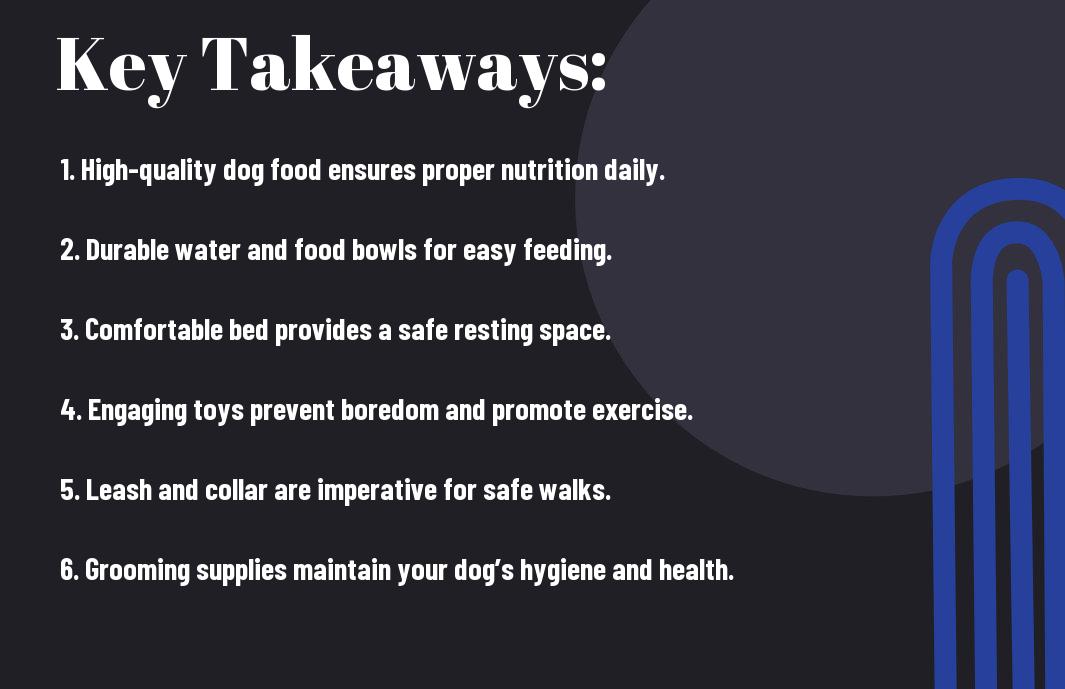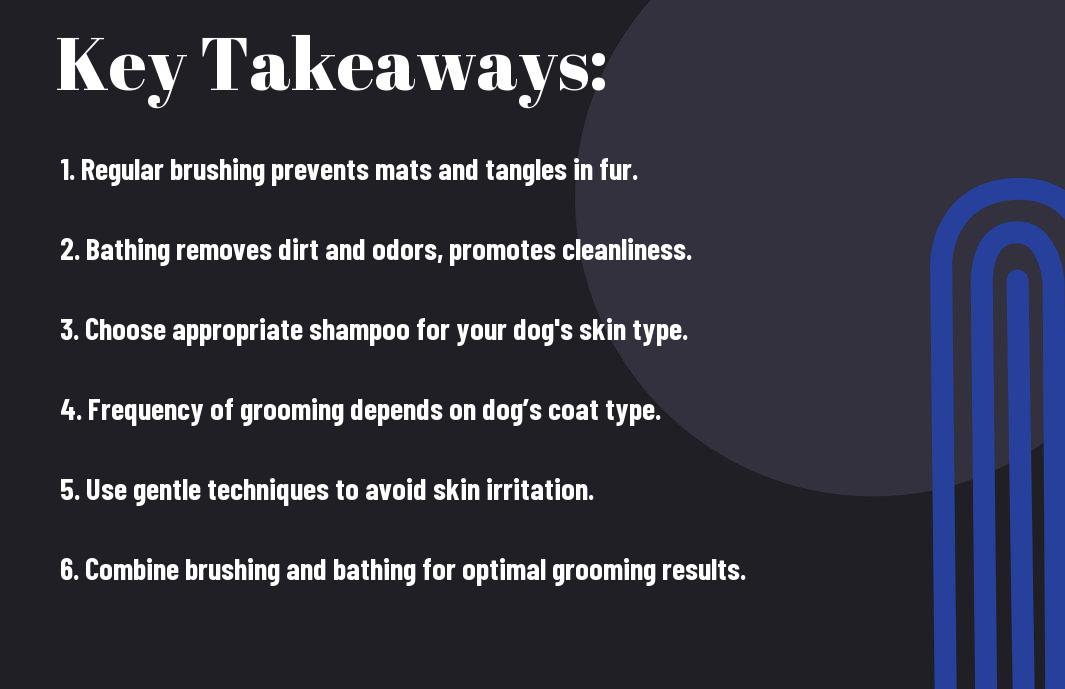Over time, many pet owners have embraced DIY dog grooming at home to save money and bond with their furry friends. However, several common mistakes can affect the effectiveness of your grooming routine and your dog’s comfort. Here are some tips to help you avoid these pitfalls.
First, assess your dog’s coat type. Different breeds have different grooming needs. If you have a long-haired breed, neglecting regular brushing can lead to matting, which can be painful for your dog. For short-haired breeds, you might not need to brush as often but can benefit from specific tools to remove loose hair. Use a brush suited to your dog’s coat to prevent skin irritations and achieve a neat appearance.
Next, ensure you have the right tools for grooming. Using the wrong clippers or scissors can cause discomfort and result in uneven cuts. Invest in high-quality grooming tools designed for your dog’s size and coat type. This will help you achieve a better look and ensure a relaxing experience for your pet.
One common mistake is bathing your dog too often. Frequent baths can strip natural oils from the skin, leading to dryness and irritation. Instead, determine how often your dog needs a bath based on their activity level and coat condition. Generally, 4 to 6 weeks between baths is a good rule of thumb for most dogs. When you do bathe them, use a shampoo that’s appropriate for their skin type to avoid any allergic reactions.
Another issue is failing to check your dog’s ears and nails during grooming sessions. Neglecting these areas can lead to infections or painful nail growth. Depending on the breed, you may need to clean ears regularly and trim nails every 3 to 4 weeks. Use specific tools designed for these tasks to ensure safety and effectiveness.
Additionally, many pet owners groom without supervision or proper restraint. Making your dog feel secure during grooming is imperative. Use a non-slip grooming table or mat to prevent accidents. If your dog is anxious, consider placing them in a comfortable area and using soothing techniques, like calming music or treats, to make the experience enjoyable.
It’s crucial to be patient and take breaks if your dog shows signs of stress. Pushing through a grooming session when your dog is uncomfortable often leads to a negative experience that can affect future grooming attempts. Always note how your dog reacts – if they seem uneasy, pause and try again later.
To sum up, DIY dog grooming can be rewarding and beneficial for both you and your pet. By understanding your dog’s coat type, using the right tools, bathing them as needed, and checking their ears and nails, you can avoid common mistakes. Keeping your dog comfortable and secure during grooming will lead to a positive experience for both of you.











